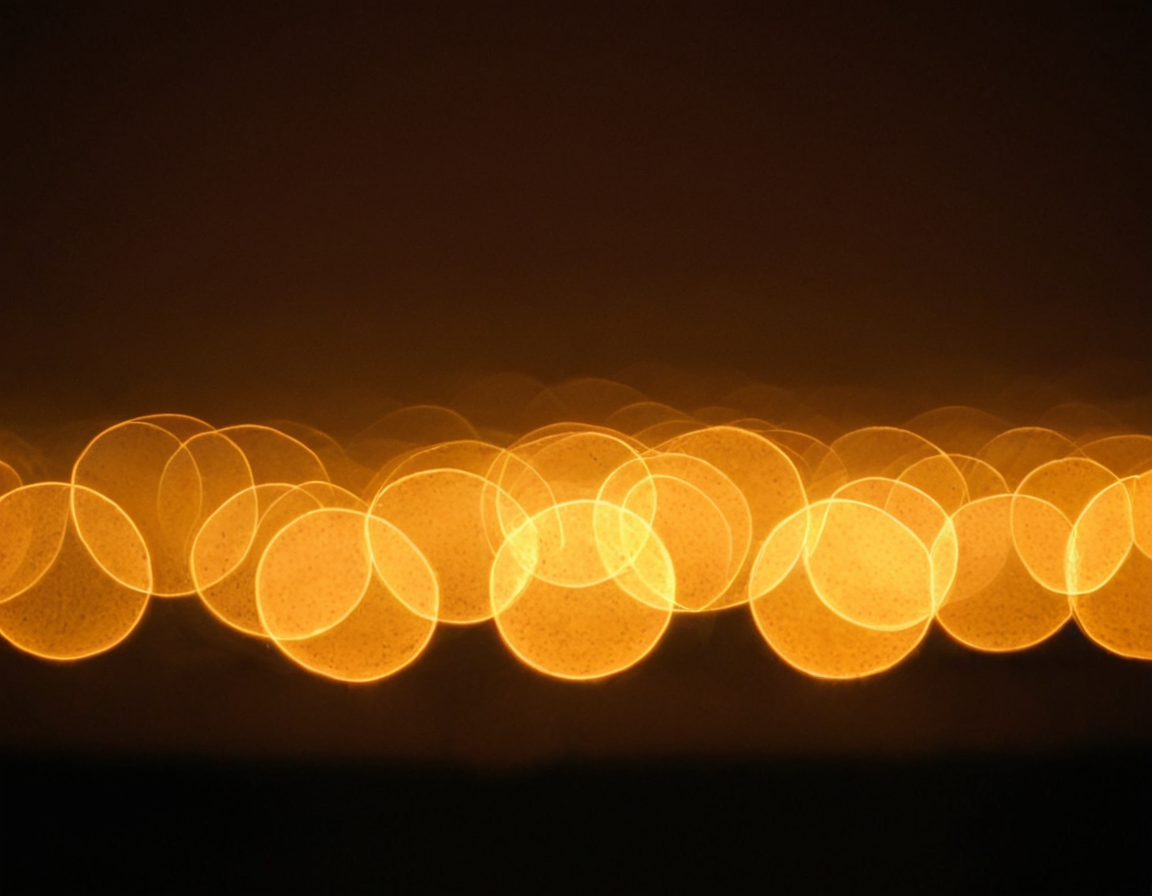Bokeh Basics for Newbies

Welcome to Bokeh 101: Unlocking Stunning Out-of-Focus Effects
As we delve into the world of visual design, it’s essential to understand the power of creative manipulation. In this comprehensive guide, we’ll explore the basics of bokeh, a technique used to produce stunning out-of-focus effects in photography and illustration.
What is Bokeh?
Bokeh refers to the aesthetic effect that occurs when light enters a camera or other imaging device at an angle, creating a blurred, out-of-focus area. This phenomenon is also known as “lens flares” or “glare.” In digital art, bokeh is used to add depth, atmosphere, and visual interest to images.
Understanding the Science Behind Bokeh
To create convincing bokeh effects, it’s crucial to grasp the underlying physics. When light passes through a lens, it encounters various obstacles that disrupt its path. These challenges lead to diffraction, scattering, and absorption, resulting in the characteristic blur we associate with bokeh.
Practical Applications of Bokeh
While traditional photography techniques can produce impressive bokeh effects, digital art offers greater creative control. Here are some ways to incorporate bokeh into your work:
- Illustration and Graphic Design: Use software like Adobe Photoshop or Illustrator to apply bokeh effects to illustrations, logos, or other graphical elements.
- Digital Painting: Experiment with brushstrokes and layer blending modes to achieve realistic bokeh simulations in digital paintings.
Creating Realistic Bokeh Effects
Bokeh effects can be achieved through various techniques, including:
- Layer Blending Modes: Combine layers with different blending modes to create complex, realistic bokeh textures.
- Brush Engine Techniques: Utilize brush engines or custom brushes to mimic the look and feel of real-world lenses.
Common Challenges and Solutions
When working with bokeh effects, you may encounter several challenges. Here are some common issues and their corresponding solutions:
- Unnatural Results: To avoid unnatural results, ensure that your bokeh effects blend seamlessly with the surrounding environment.
- Time-Consuming Processing: Leverage software features or workarounds to streamline processing times for complex bokeh effects.
Conclusion: Unlocking Creative Possibilities
Bokeh 101 has provided a solid foundation for understanding this powerful creative tool. As you continue to explore and master bokeh techniques, remember that the key to success lies in experimentation, patience, and practice.
What’s Next?
The world of digital art is constantly evolving. Stay ahead of the curve by exploring new software features, attending workshops, or joining online communities focused on creative development.
**How will you use your newfound knowledge of bokeh effects in your next project? Share your thoughts and experiences in the comments below!
About Luis Torres
Hi, I'm Luis Torres, a photographer and blogger passionate about helping creatives grow. With a background in photography and a knack for teaching, I share actionable tips & techniques on lentecreativa.com to inspire and educate photographers of all levels.
